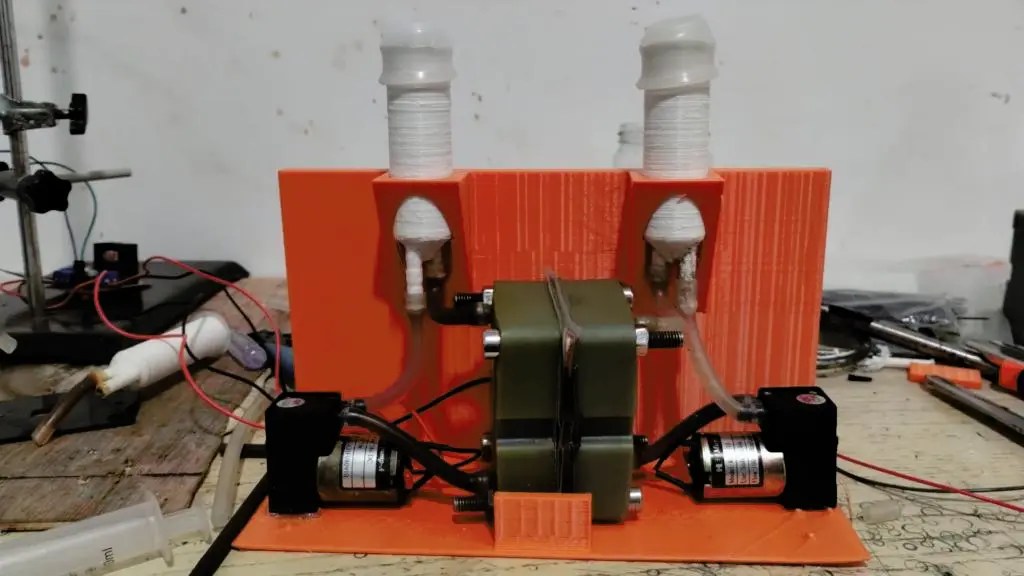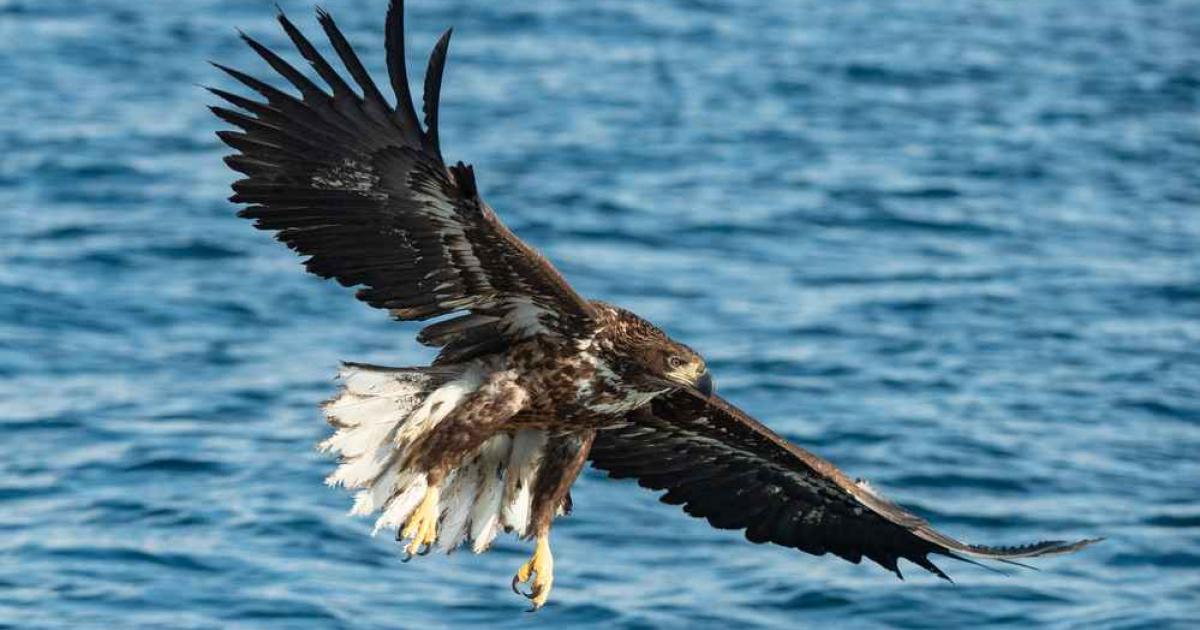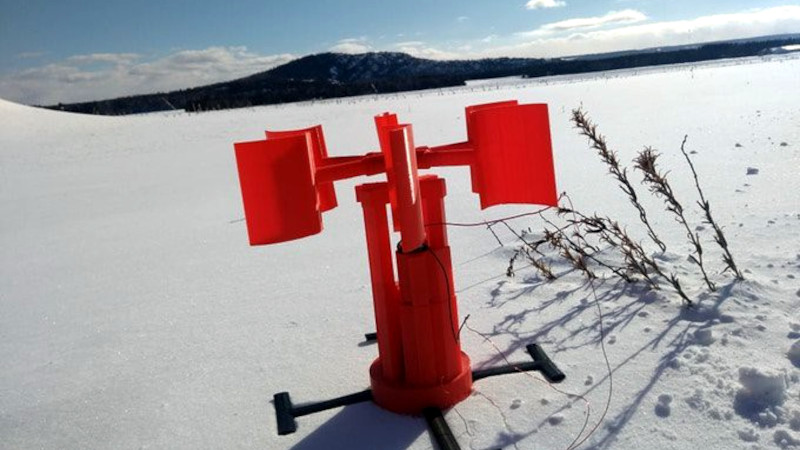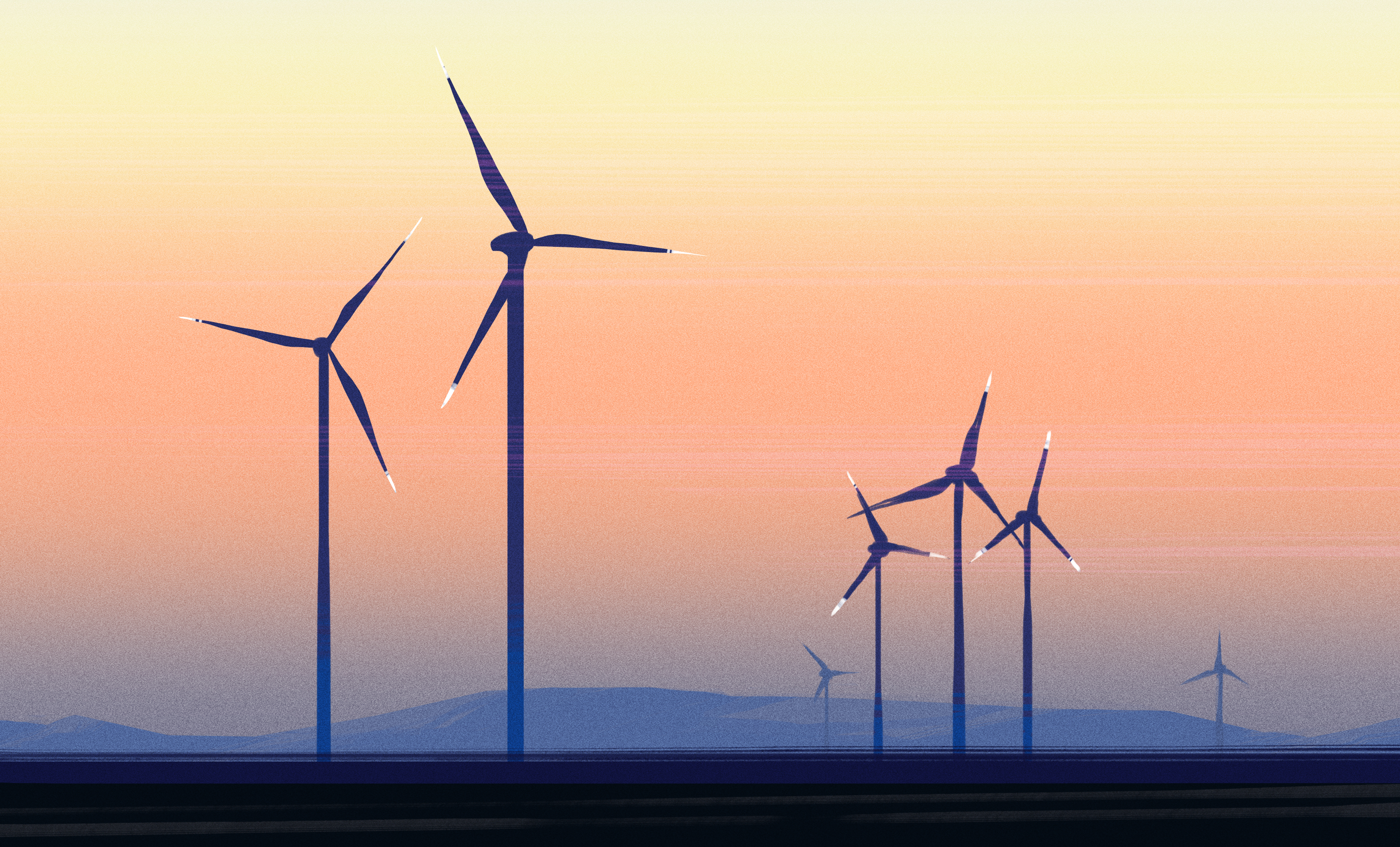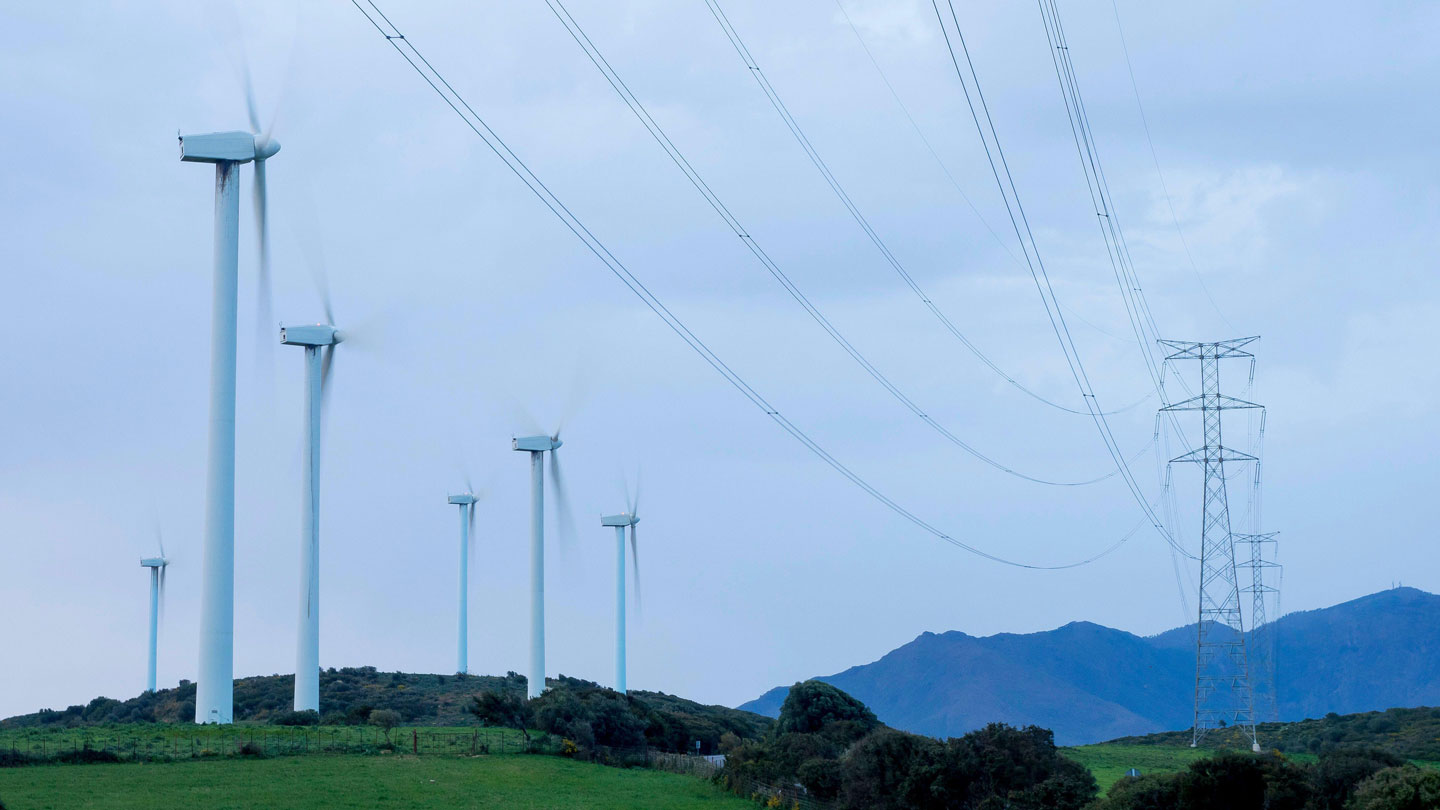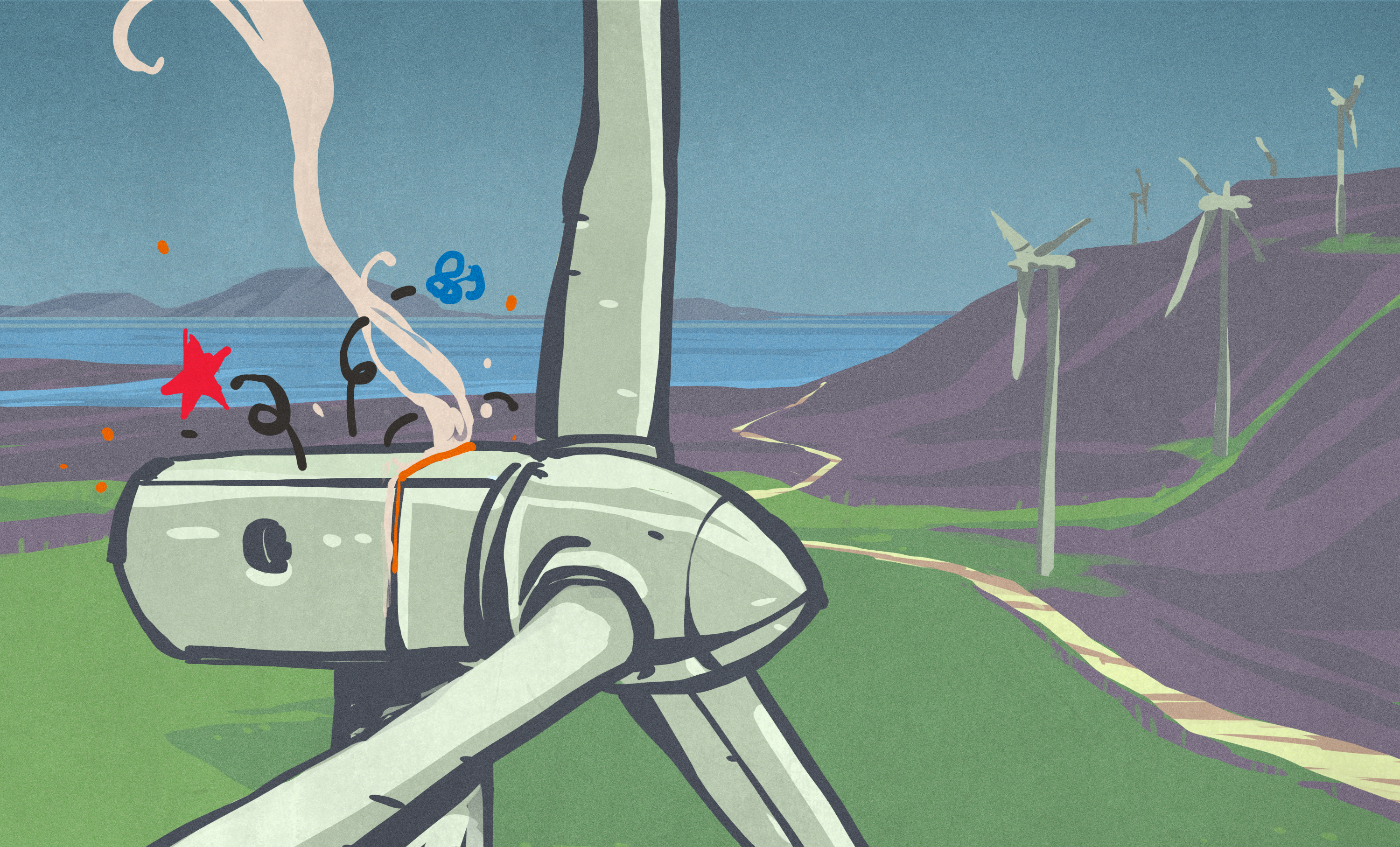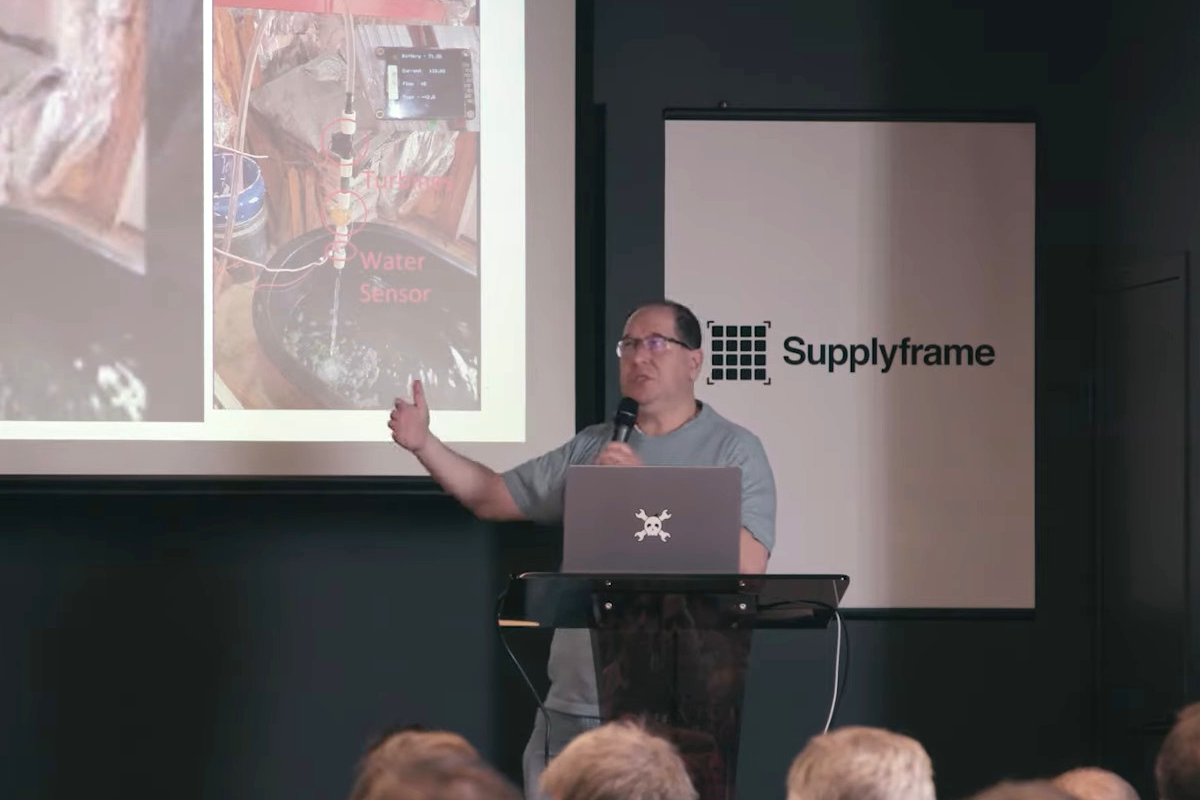No solar panels, no wind turbines, but the Aeroleaf WindTree: This tree produces infinite energy in your garden

A new form of wind power generation technology with a focus on aesthetics is sweeping the green energy industry, and it’s expected that Aeroleaf WindTrees will soon be popping up in gardens across the globe as the nature-friendly innovation takes root in the market. The organic-looking, small-scale installations, which are ideal for urban settings, are fitted with microturbines that have the appearance of leaves on branches, making them far more pleasing to the eye than giant wind farm installations or solar panels.
The technology is remarkable in that the “leaves” can operate in winds from any direction and at speeds as low as 5.6 miles per hour. The devices are silent and don’t require much maintenance, making them ideal for urban areas and small- to medium-scale energy production, and they are suitable for commercial, corporate, or home settings.
The biggest model in the Aeroleaf range is the WindTree, which is 32 feet high. Depending on how it’s set and how many “leaves” it has, the WindTree has a generation capacity of between 4,200 and 10,800 watts.
Really good to see better alternatives coming out for green energy.
See eldiario24.com/en/solar-panels…
#Blog, #environment, #technology, #windpower


